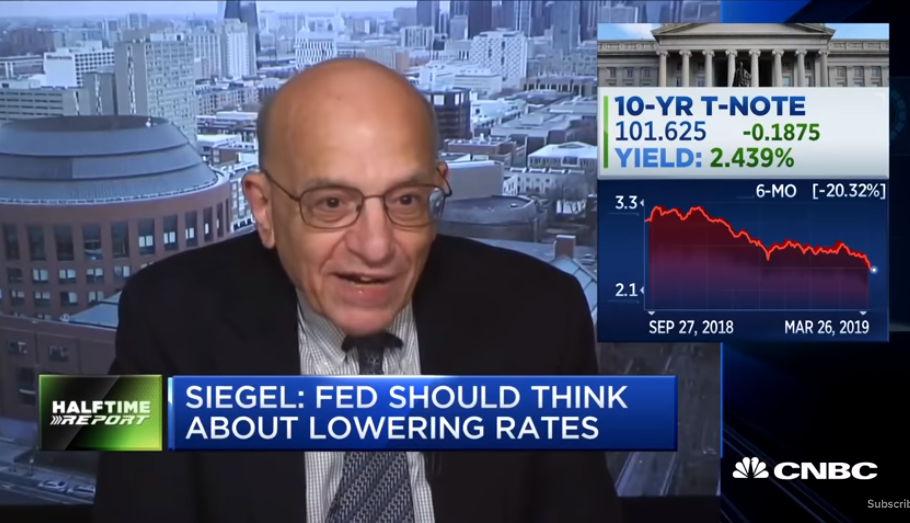News surrounding the coronavirus has rocked markets this week, and while Wharton School professor Jeremy Siegel thinks the outbreak will continue to drag down earnings in 2020, he’s optimistic stocks will bounce back over the next few years.
“I see this as a very severe one-year shock, and then a bounce back that could be extremely rigorous,” Siegel said during an interview on CNBC’s “Squawk Box.”
Siegel even said investors should be buying the dip as markets continued to plummet Friday.
“If you’ve got some cash now, time to put it to work. Don’t get nervous if it comes down another 5% or 10%,” Siegel said.
The markets are now in correction territory, with the S&P 500 and Dow Jones Industrial Average having lost more than 12% this week at Thursday’s close. A market correction is defined as any drop of 10% or more from a recent 52-week high.
That’s not scaring Siegel, though, and he reminded investors everywhere that markets always bounce back.
“This could be a really tough year, but 2021, ’22 onward, there’s no reason not to say we’re going to snap back from this. We always have,” Siegel said.
He doesn’t even see an economic recession in the U.S. being triggered by the outbreak, and he believes the worst case for earnings would be a 30% fall. It’s all short-term, though.
“Long-term uncertainty is not at all increased as a result of this virus,” Siegel said.
Markets have been betting on the Federal Reserve executing another interest rate cut in their upcoming March meeting. The CME FedWatch tool showed a 0% chance of rates staying at their current range (1.5%-1.75%), while there is a 57.2% chance of a 25 basis points cut. The tool also shows a 42.8% chance of a 50 basis points drop.
Siegel thinks the Fed should step in, too.
“I think the Fed should act again. Let’s make some room there for easing on the financial side,” Siegel said.
St. Loius Fed President James Bullard said rate cuts are “a possibility” if the coronavirus, also known as COVID-19, is labeled a global pandemic, but the market’s bet will not force the Fed’s hand on the issue.
